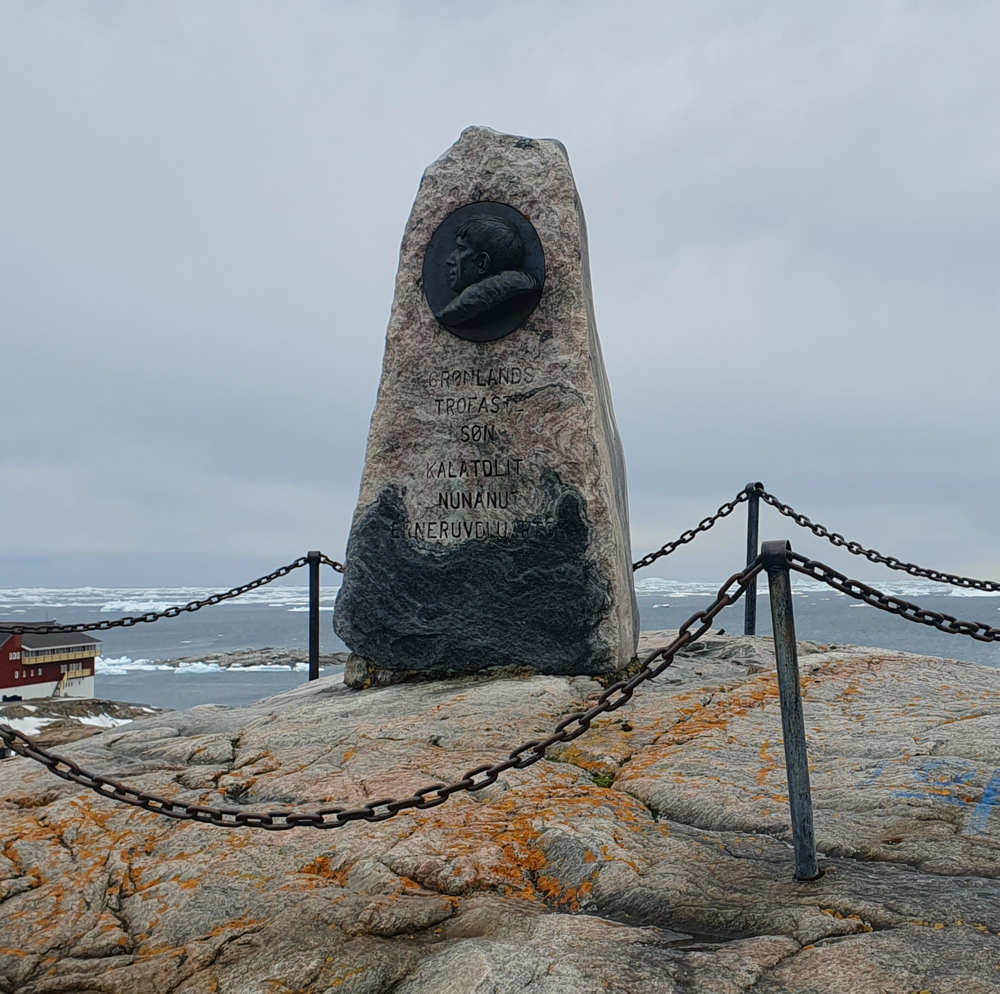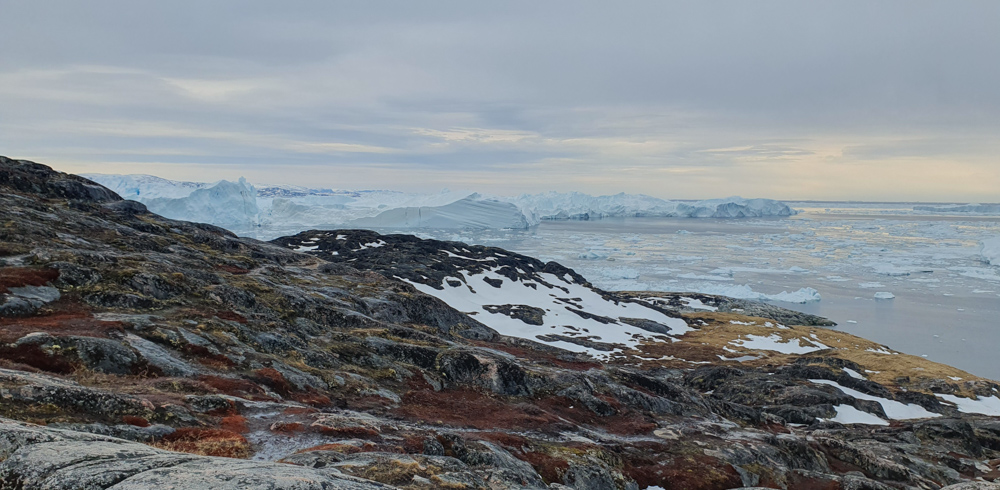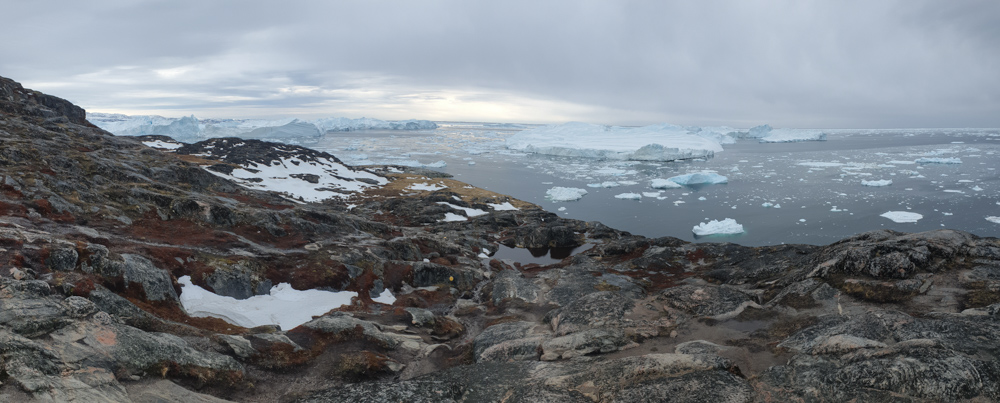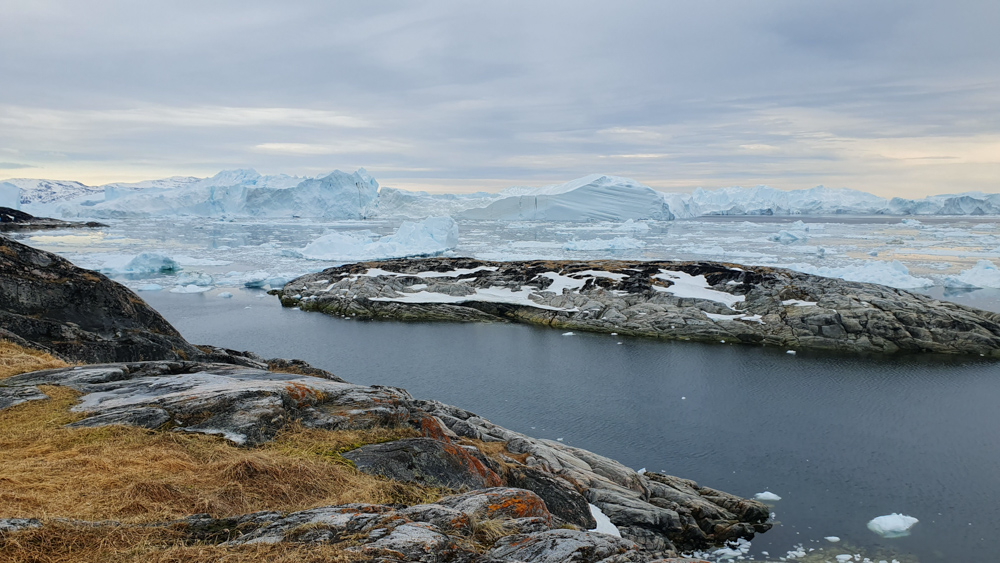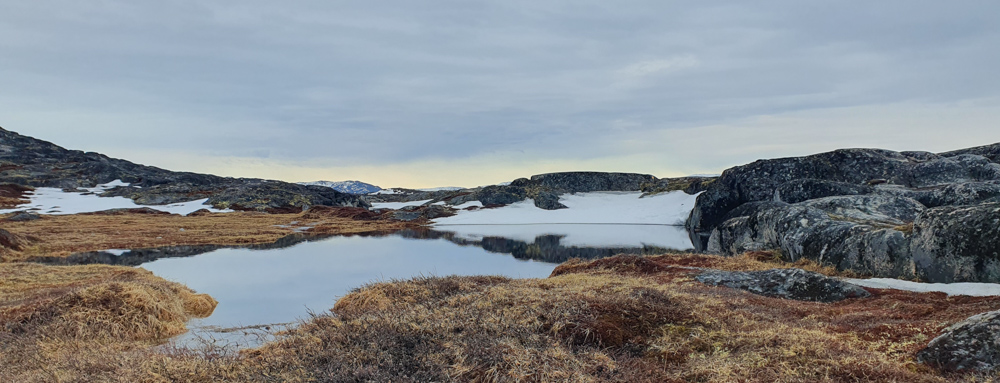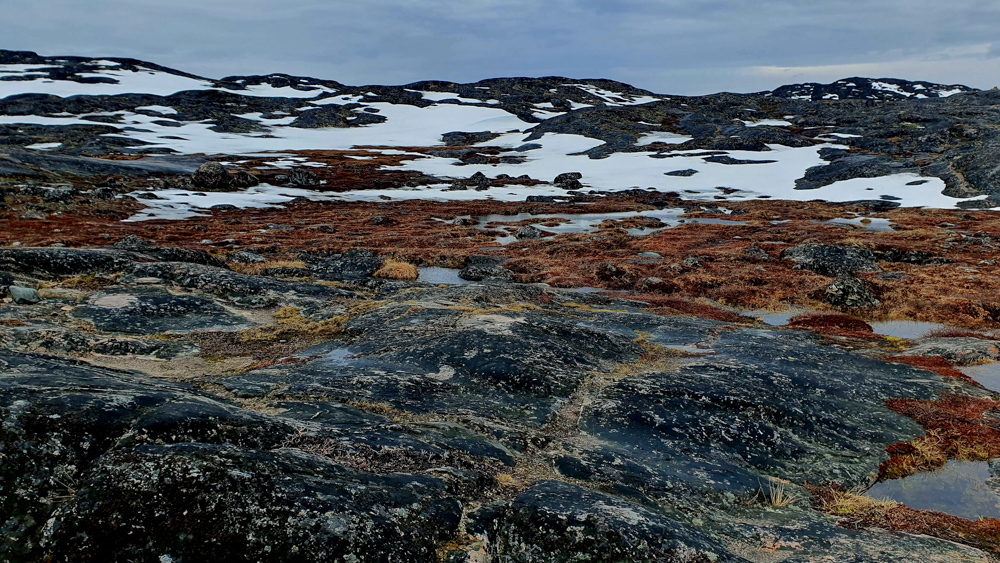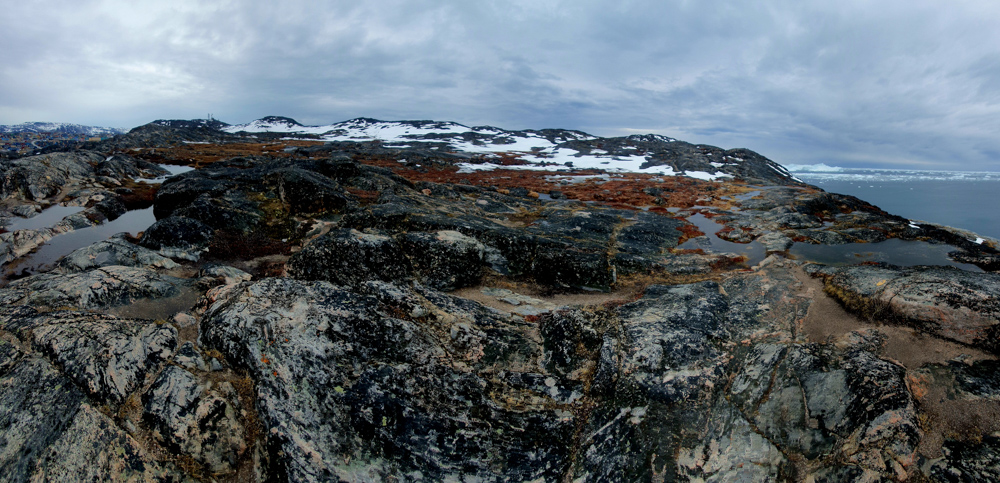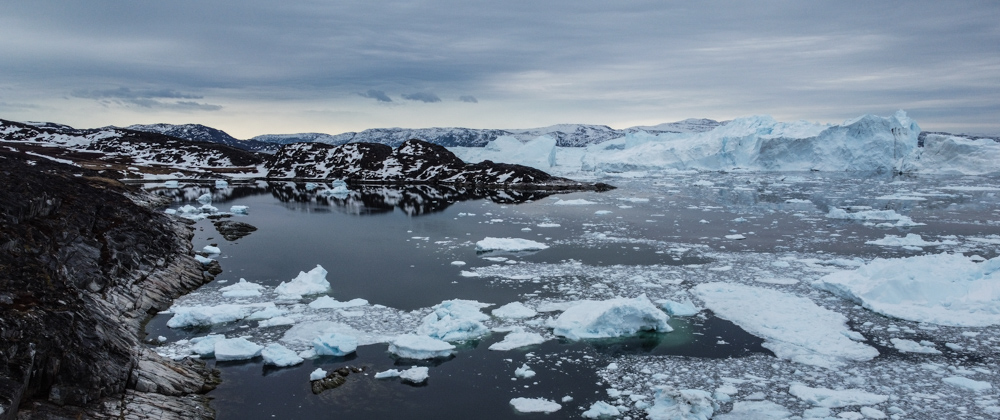Yellow trail in Ilulissat

Why Ilulissat?
For a long time I was trying to decide which city could be my first greenlandic entry destination. It took me a while to pick the city/settlement and it was a struggle, in a way, as:
- Nuuk, the capital and a “natural” choice offers a wide combination of outside possibilities and has a strong cultural factor – is it possible to get a better experience than those who combine the best of two worlds?
- Kangerlussuaq is famous for the outdoors activities and exploration of the wilderness, the surroundings are insane and from what I saw it looks like a hiker’s obscenely wet dream; it has significantly less cultural activities but I do not mind being alone anyway
- Ilulissat is very well known to be the iceberg capital of the world, due to the Sermeq kujalleq, the most productive glacier of the entire northern hemisphere which fills its own fjord, Isfjorden, with enormous icebergs.
I chose to enter Greenland by arriving at Ilulissat (kalaallisut: “icebergs”), a small city on the west coast of Greenland. Between me and the vastness of the Canadian arctic there were only kilometers of nearly frozen Baffin bay.
My plan was to dedicate my full attention to the wilderness behind the city and countless icebergs which are flowing from the glacier to Disko bay. I booked the flight almost a year before I arrived, as the prices are criminally insane (for the flight Oslo Gardermoen – Mittarfik Ilulissat/Jakobshavn I paid 1 000 euros, a regular price is somewhere between 1 500 and 1 800 euros if you book the flight 6 months or less before the flight, and in case you are in a need to fly a few weeks before the date, you will squeeze out 2 500 euros).
I chose to arrive in late spring/early summer, aiming at increased activity of Sermeq kujalleq.. Disko bay is one of the most prolific feeding grounds/waters for marine life and I was hoping to see some whales as well. There are no walruses and polar bears in this area.
I have learned a lot about the city before I arrived. I love to do a thorough research before I venture out in a special place I have never seen before, so reading articles in every related subject, checking out the maps, reading and analyzing topographic maps gives me a good feeling of understanding where I am heading. Thanks to this, I don’t remember if I have ever felt lost outside. Naturally… Walking in the city felt very familiar. I have only missed the idea of its size; I was under the impression that the scale is a bit smaller, meaning that it would take more to walk from one point to another, which I have marked at home.
Ilulissat turned out to be very domestic, non intimidating and kinda on the wild side. Literally behind the back yard begins the wilderness, stony mountains which are abruptly cut by ocean lines, blurred with icebergs of all sizes one could ever begin to imagine. You can hear the dogs howling from the kennels wherever you stand. There are hundreds of sled dogs in the city, maybe even a thousand.
There is a constant low wind which reminds subtly that you are in the true North, above the Arctic circle.
First morning in Ilulissat
On the first morning there I woke up at 4 AM (meaning 8 AM in Norway) and rushed outside, packed for maybe 1 or 2 degrees over zero which were keeping the air beautifully cold and fresh, carrying all possible devices which can take a picture/video.
I felt so complete and satisfied; I was walking through the city of my dreams.
The first thing I did was visiting Knud Rasmussen’s statue near the airbnb I was staying at. It is placed by the sea, on the perfect spot for the man who is on it. Knud Rasmussen was an Inuit-Danish polar explorer whose tremendous work in Inuit ethnology is the base for all knowledge we’ve had for a very long time. He was:
- the first person to dog sled across the American Arctic, starting at Greenland and venturing as far as Bering strait
- an ethnologist who made a scientific study for each of the tribes he met on his way; doing archeology, cartography, translating myths and songs etc.
- a crucial person in establishing the permanent station in the northwestern Greenland – known today as Thule
- planning to introduce reindeer herding to western Greenland
What I personally love him for is a particular quote, which I will write in Danish:
Ene luftens ånder
kender hvad jeg møder
bag ved fjeldet.
Men alligevel jeg kører
mine hunde videre frem
videre frem.
videre frem.
Here is the English translation:
Only the spirits of the air
know what I will meet
on the other side of the mountain.
But still I drive my dogs further onwards
further onwards
further onwards.
Yellow trail
I decided to just “take a look” at the huge icebergs which were peeking not so shyly behind a large stony cape near Elværket, to “just check” the icebergs coming from Sermeq kujalleq, the glacier. THE glacier.
Just “taking a look” got easily transformed into a long photo session and consequently to a full walk along the so-called Yellow trail, a hiking path designed to guide you along the seashore of Pitoqqeq towards the Isfjorden. The trail is incredibly scenic, its length is approx 3 km and it takes 1,5 h to complete it. Due to the fact that I take time – and then some – because I spend a lot of time taking photos, touching lowgrowing flora, sitting on stones while the icebergs are passing by, making drone footage. I want to utilize every second when I am out there, especially in Greenland.
Stopped at Kingittoq and decided that it was time to pull out the drone. The weather was ideal for such activity – I am not into all those super shiny sunny days – gloomy surroundings work for me amazingly.
I came here in June, at the end of the spring. The weather here changes quite a lot and proper gear is A STRICT MUST. Without hiking shoes with a good grip do not even think about going on such hikes, for your own safety.
